Winter is cruel, especially for Jeep-folk. The short, dark days coupled with the inability to get the top and doors off is enough to make you a little crazy.

We’ve been having unseasonably warm temperatures here in Georgia, and even though that is combined with a lot of on-again-off-again rain showers, Teri and I decided it was the perfect opportunity to gas up the Jeep and head for the closest unexplored State Park – Hard Labor Creek.
Now, to be fair, I’ve been to Hard Labor Creek before – many times in fact. Its one of the best horseback riding trails that the Department of Natural Resources has to offer, and I’ve ridden there many times, and even hiked there. But since I’ve started the State Park project, I wanted to return and document a few more things that this hidden gem has to offer.
This sweet kitty was the first park employee to greet us – her name is DC, and she’s the local mouser. She has a cute little heated box and food and water, and she greets guests as they stop by the trading post. The human employees were just as friendly, navigating me straight to the enamel lapel pins to add Hard Labor Creek to my adventure pack pin collection.
Teri and I decided to hike the two nature trails – Brantley and Beaverpond. They are both easy hikes, each 1 mile in length, and Beaverpond is actually an attached loop to Brantley, so it’s easy to hike both of them together. Parts of the trail were washed out and redirected (did I mention it’s been raining A LOT lately?) but even with the modifications, it was an easy hike.
If you can find a warm day, winter is actually a great time for a hike. The forest is alive with a whole new plethora of fungi, lichens, algae and moss, and you can really get a whole new sense of texture all around you if you take the time to slow down and take it in.
I particularly enjoyed trying to capture the tiny texture of moss growing up the bases of the trees – under the right light and with a macro lens, tiny forests in themselves.
We spotted these unusual “jelly fungus”, Auricularia. It’s also know as “wood ears”, and you can see why. It’s an edible fungus once cooked, also prized for it’s treatment of sore throats, sore eyes and jaundice. It’s a popular ingredient in many Chinese dishes, though it’s seldom used in the West.
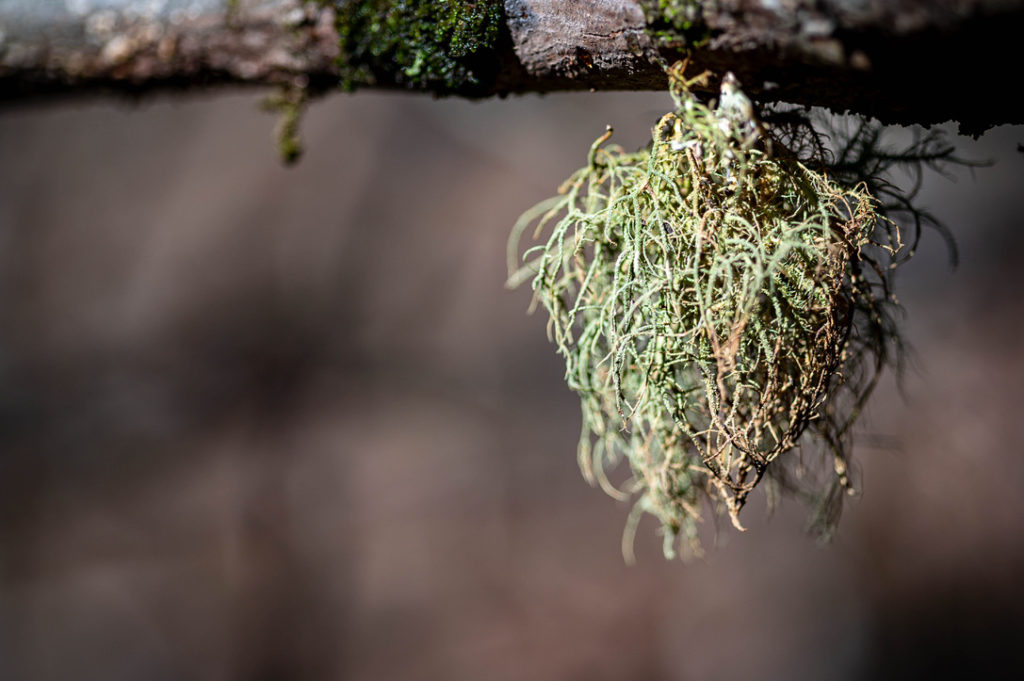
I spotted this strange clump of lichens and snapped a photo while Teri educated me on it’s uses in making a herbal cold remedy. I believe it to be called Usnea, or old man’s beard. It’s a symbiotic union between a fungus and an alga, and it grows slowly on a host tree. It’s very sensitive to air pollution, making it a fair bioindicator. Its medicinal uses are for sore throats and skin infections, as it is effective against gram positive bacteria.
No trip into the forest would be complete without stopping to photograph at least one mushroom! It’s pretty much a given that Teri and I will always find all of the minuscule details that the average hiker misses, and take (an inordinate amount of) time to photograph it from every angle.
The first ‘wild thing’ we spotted was a cheeky little Dryobates pubescens, the Downy Woodpecker – smallest woodpecker in North America. It’s a very common deciduous forest dweller, and they are fun to watch because they flit cheerily from tree to tree, but usually not traveling far, quickly finding grubs and insects within the bark to eat.
The second critter we spotted was Trombididiidae (say that three times fast), the red velvet mite. A member of the arachnid family (my favorite family), this fat little cherub is minuscule in size and completely harmless. They are such fascinating creature that they’ve been featured in The Oatmeal, one of my favorite webcomics.
Then, we stopped at a very unique tree to take a break, and watch the water at the beaverpond. It was quite flooded, with beaver activity preventing the water from our recent rains from draining away. A tree fell not far from where we were resting, and startled both of us – it slapped down into the water with a sound like a gunshot! Then, as Teri was switching lenses and we were preparing to set out again, two little ears poked up from the leaf litter behind her. An armadillo! Dasypus novemcinctus, nine-banded armadillo, slowly plodding along slurping up his lunch. He was completely oblivious to us as we circled, taking photos of him from every possible angle. After taking our fill of photos, and believing that this armadillo must in fact be deaf, we ventured only fifteen minutes further down the trail before finding a SECOND armadillo, only marginally more environmentally aware than the first!
I need to caution you, dear reader, that while armadillos are marvelous creatures, very interesting to watch, seemingly harmless and endlessly interesting, they are also carriers of leprosy, and should not be handled or touched!
All in all, Hard Labor Creek did *not* disappoint! It was the perfect way to spend a overcast Georgia-winter day, and I know it will be a park that we visit again.



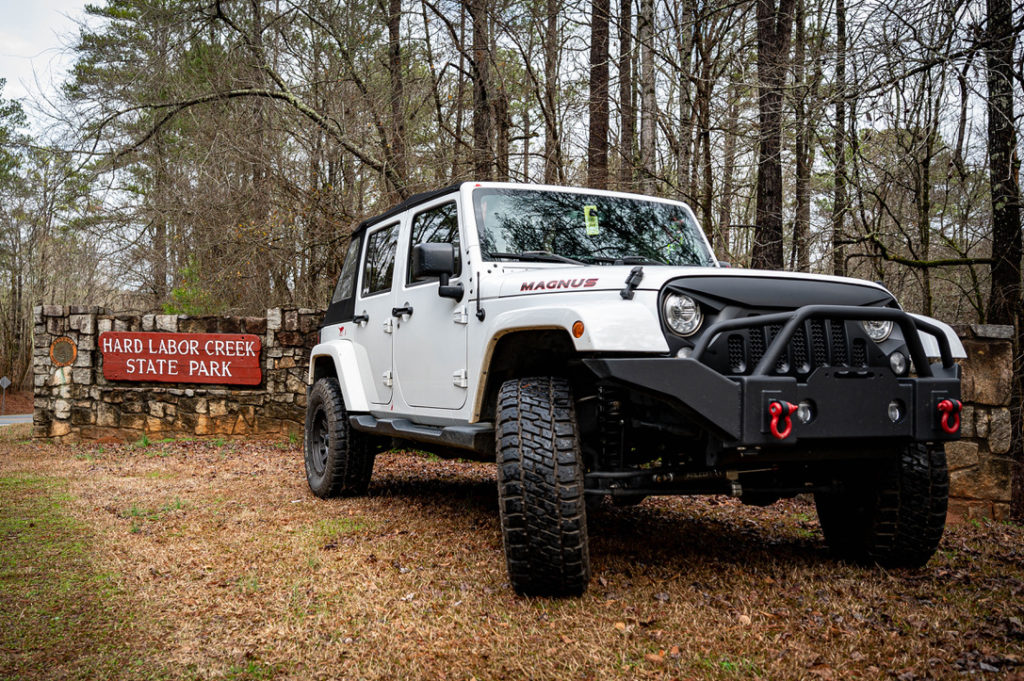
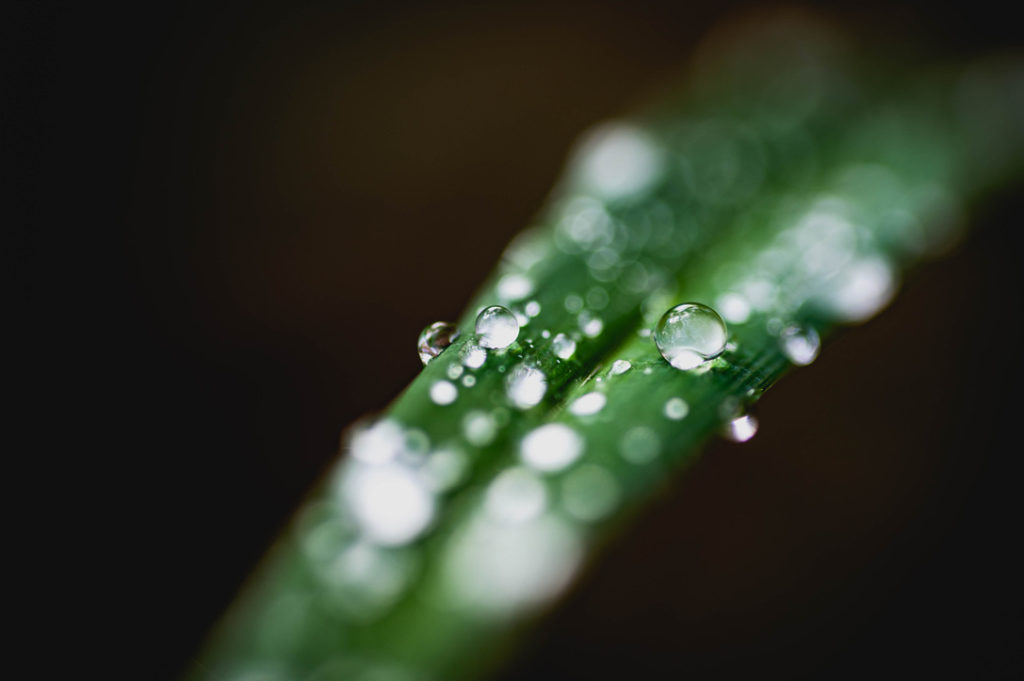
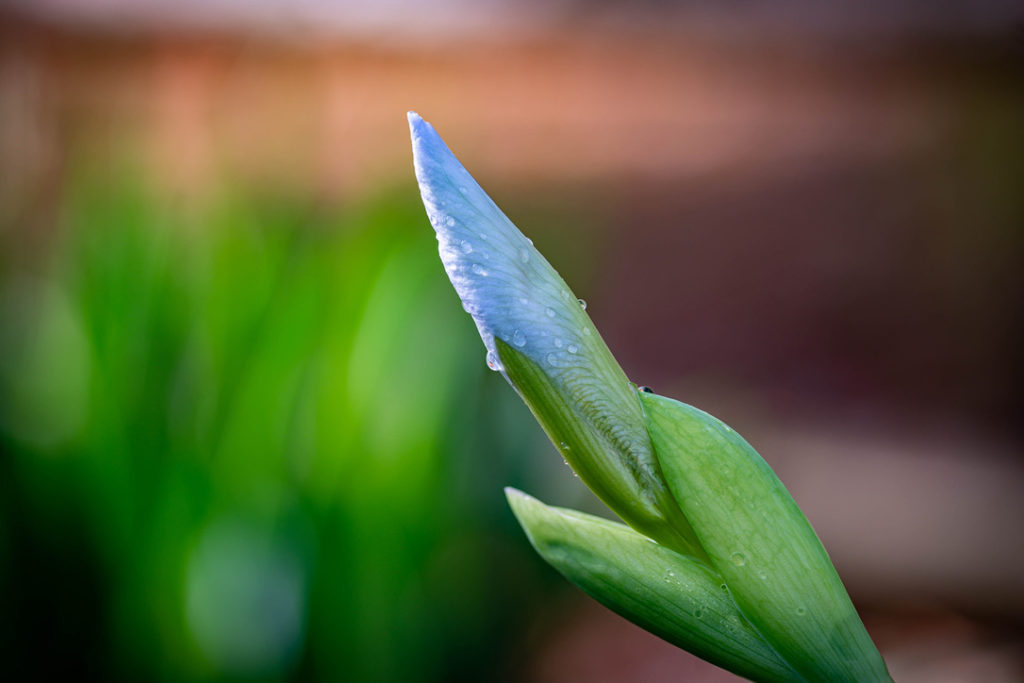

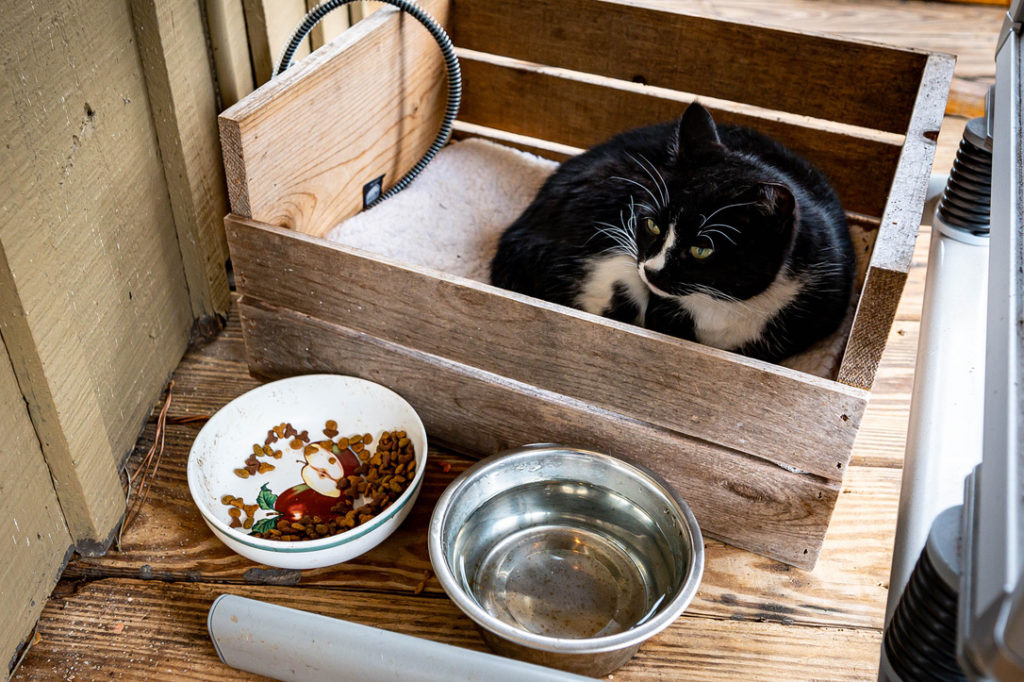
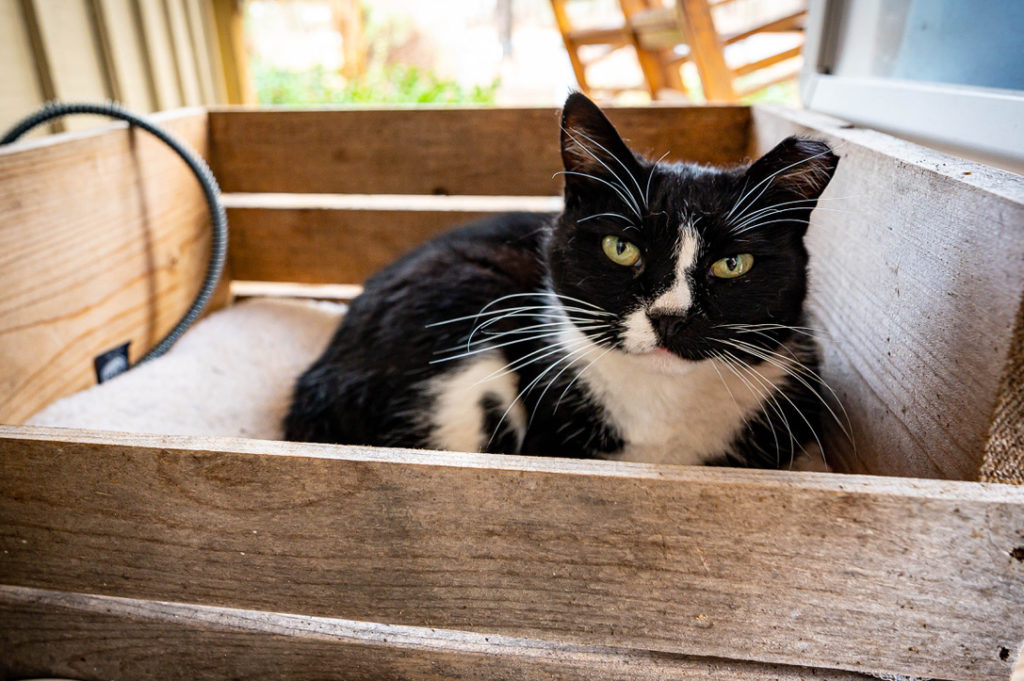
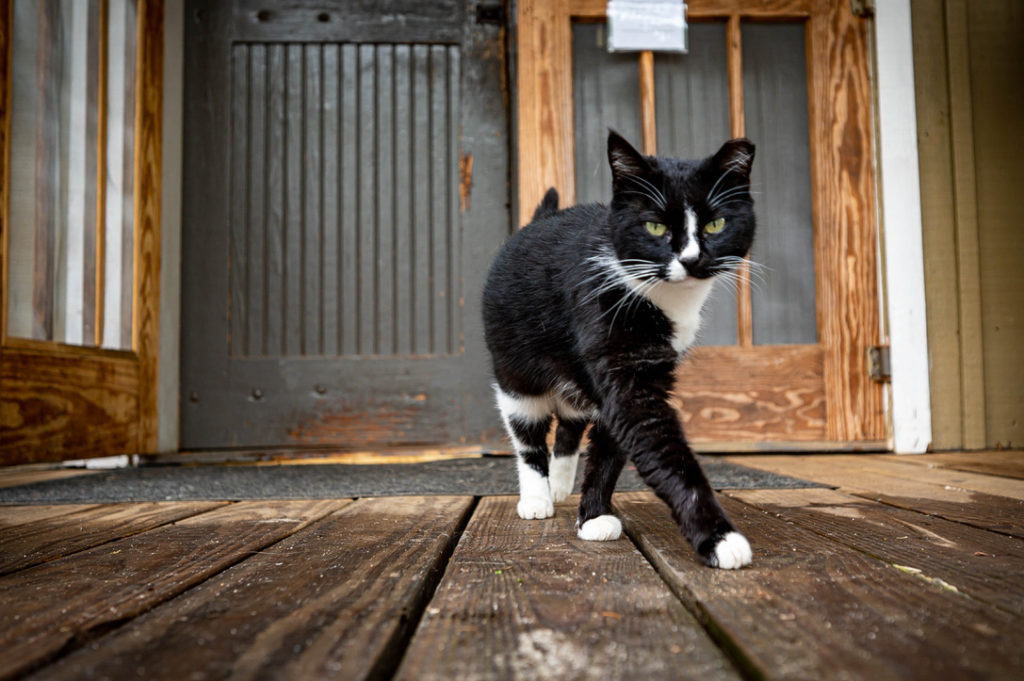
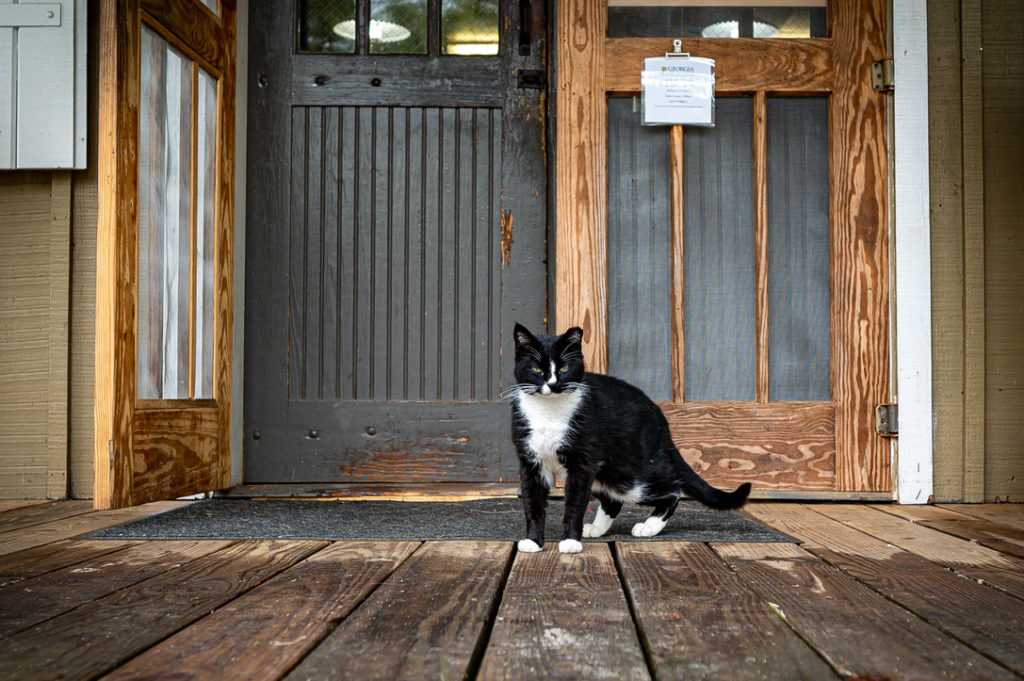
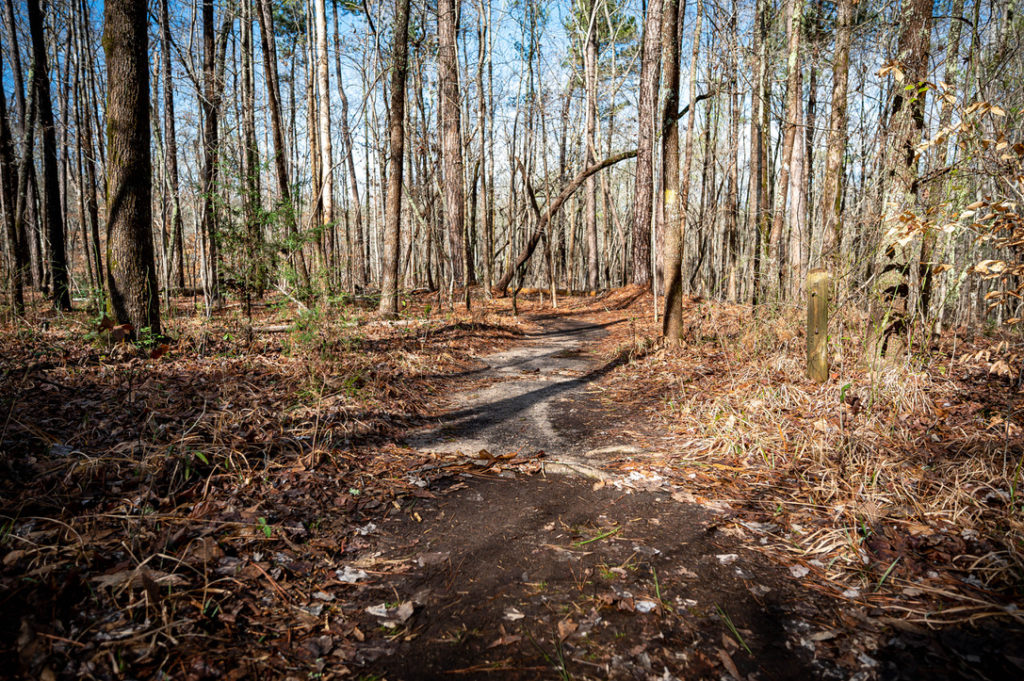
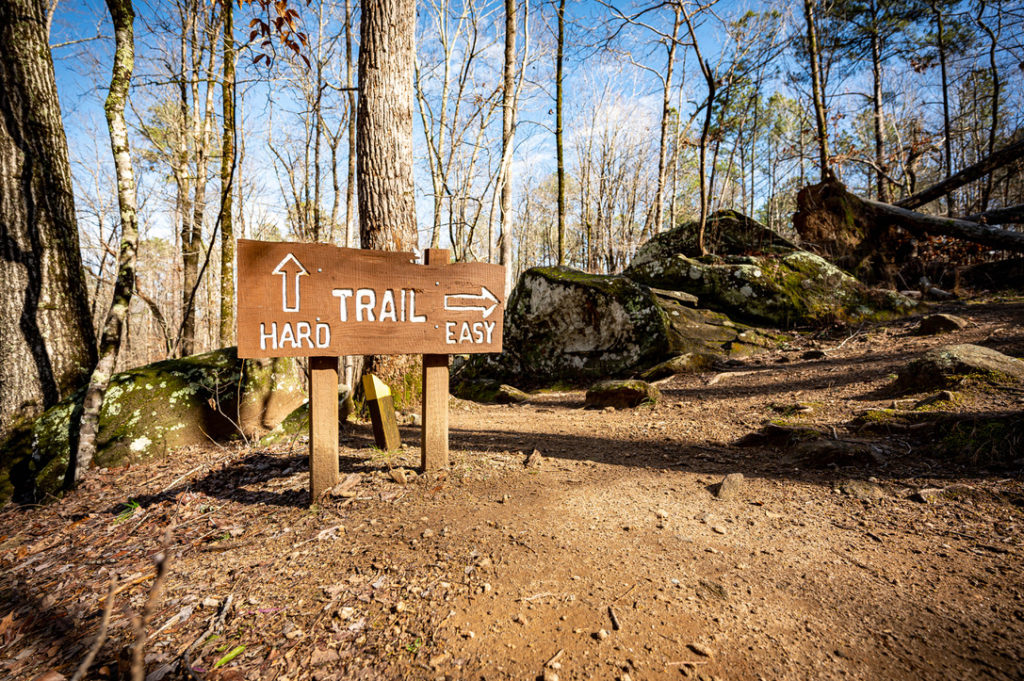
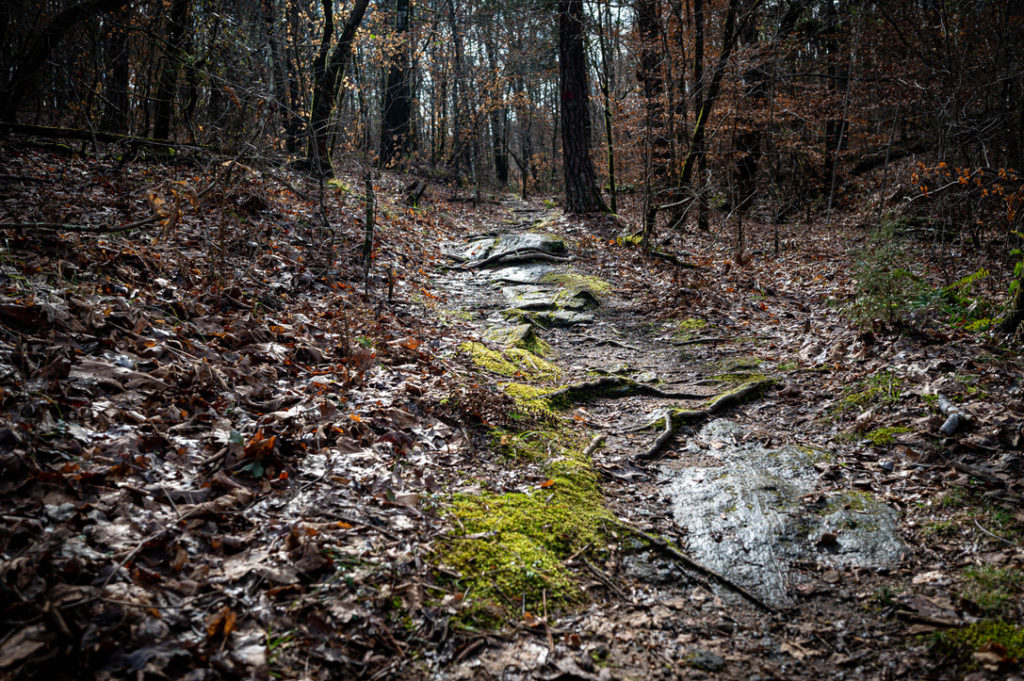
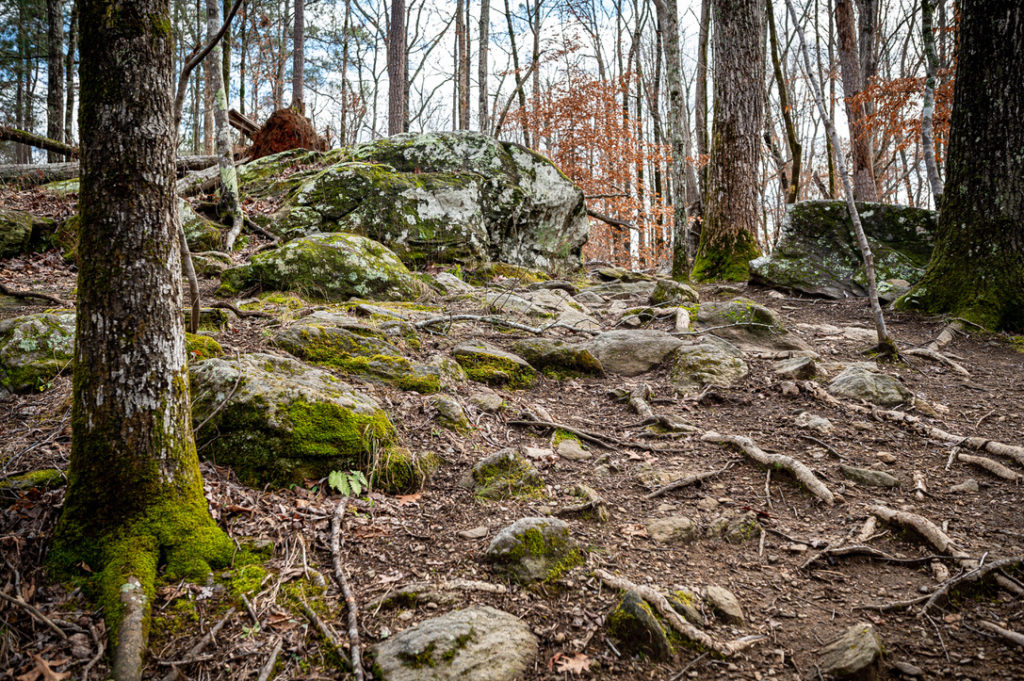

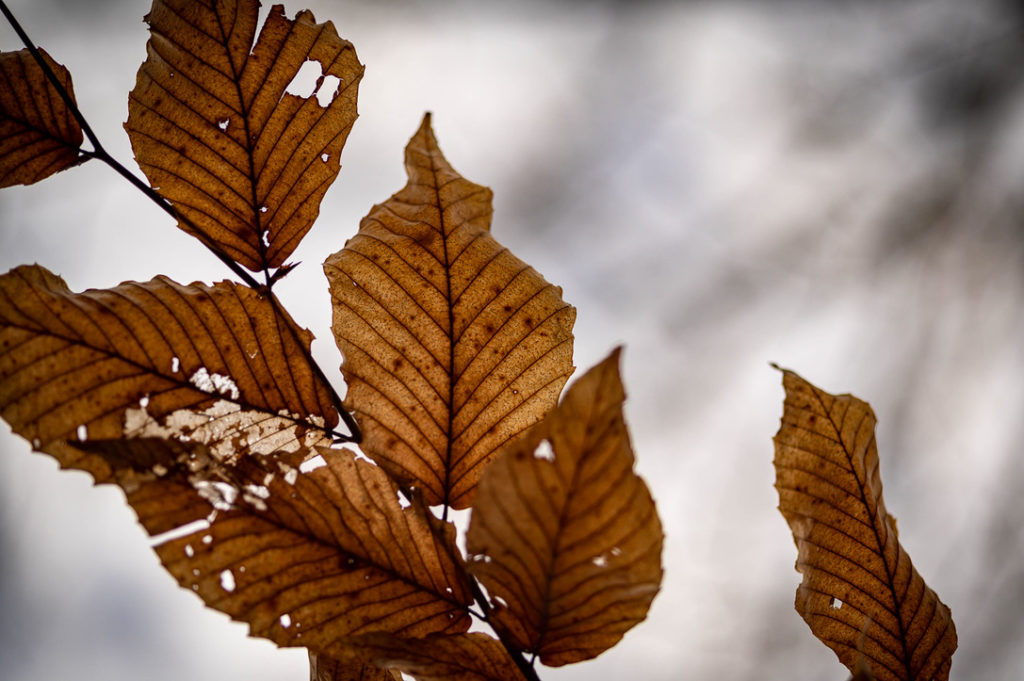
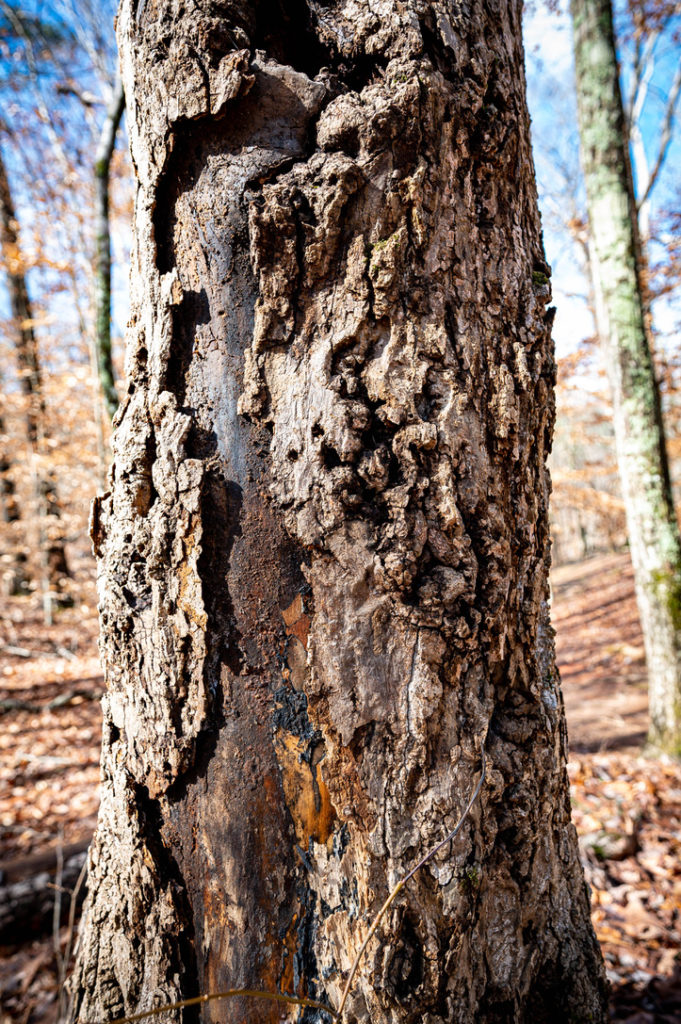
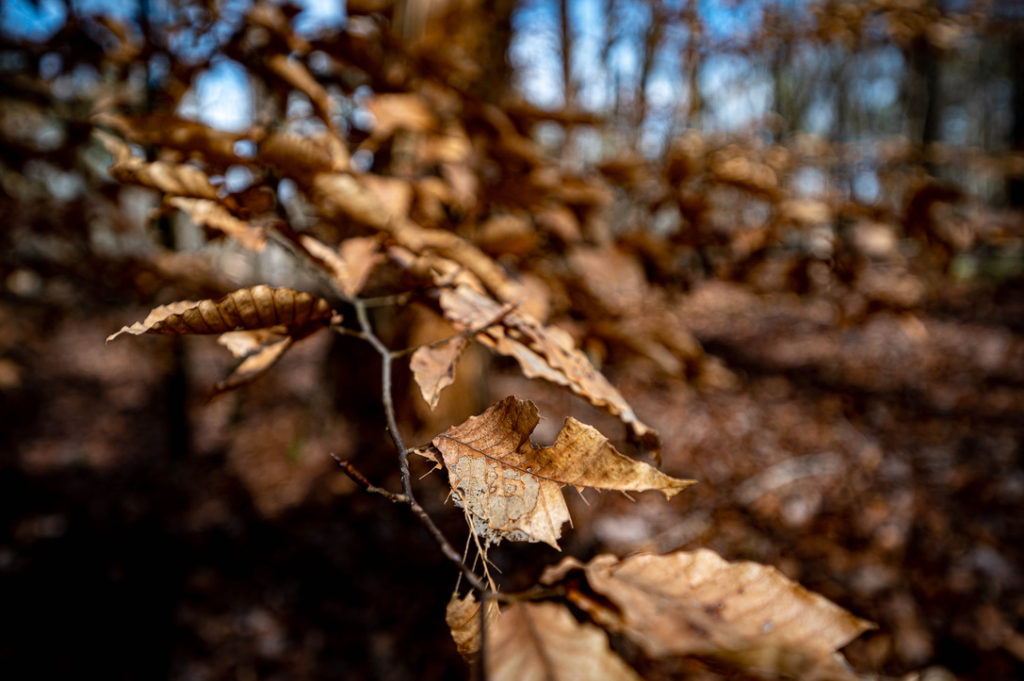
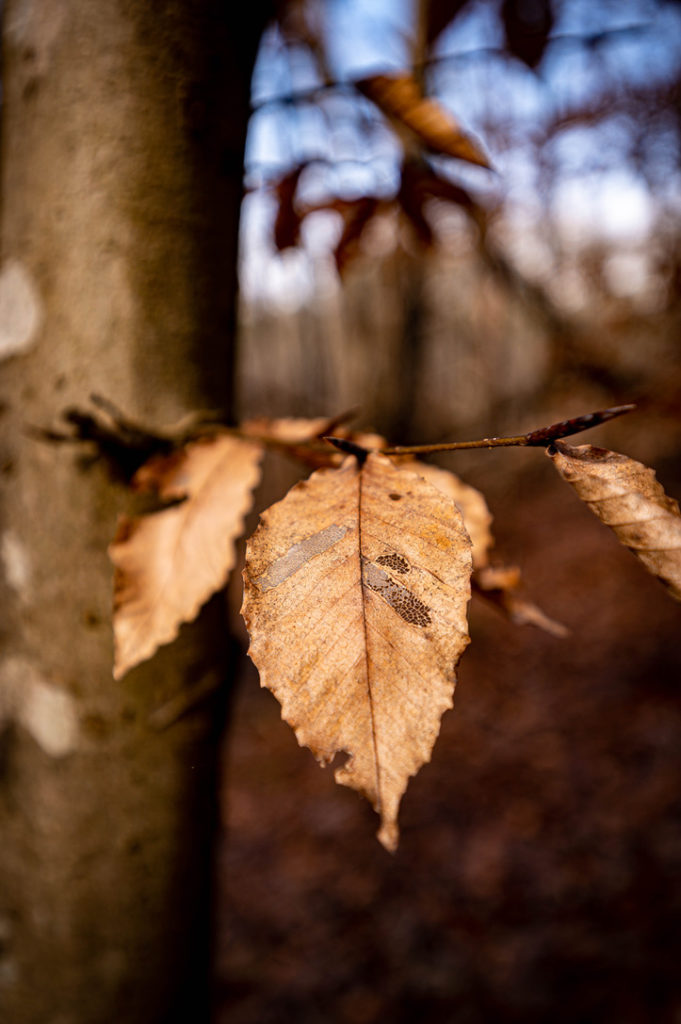
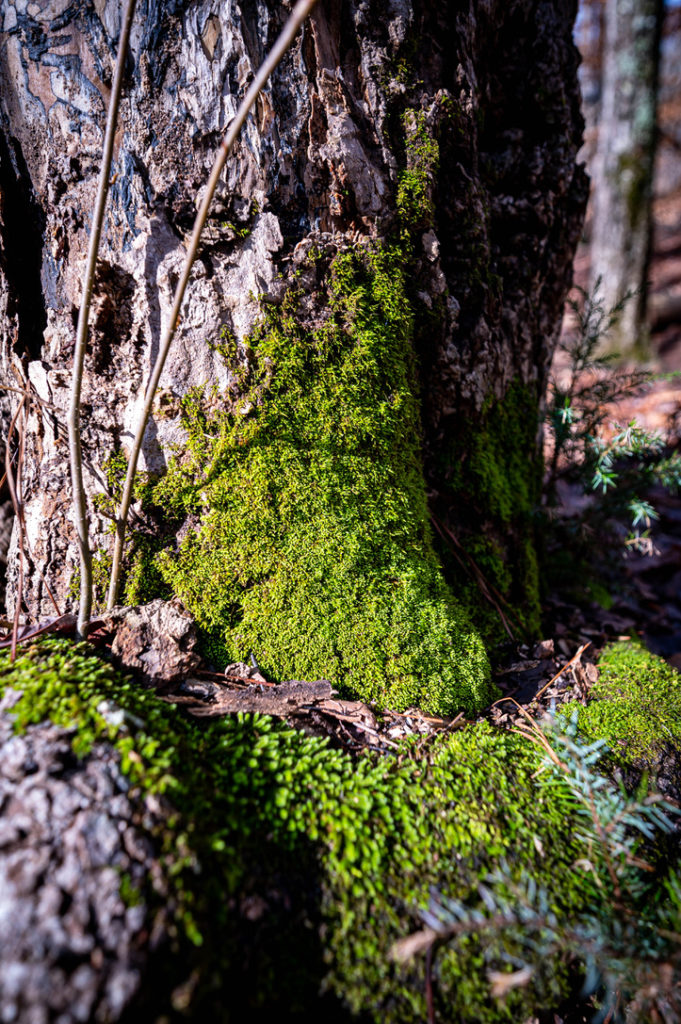
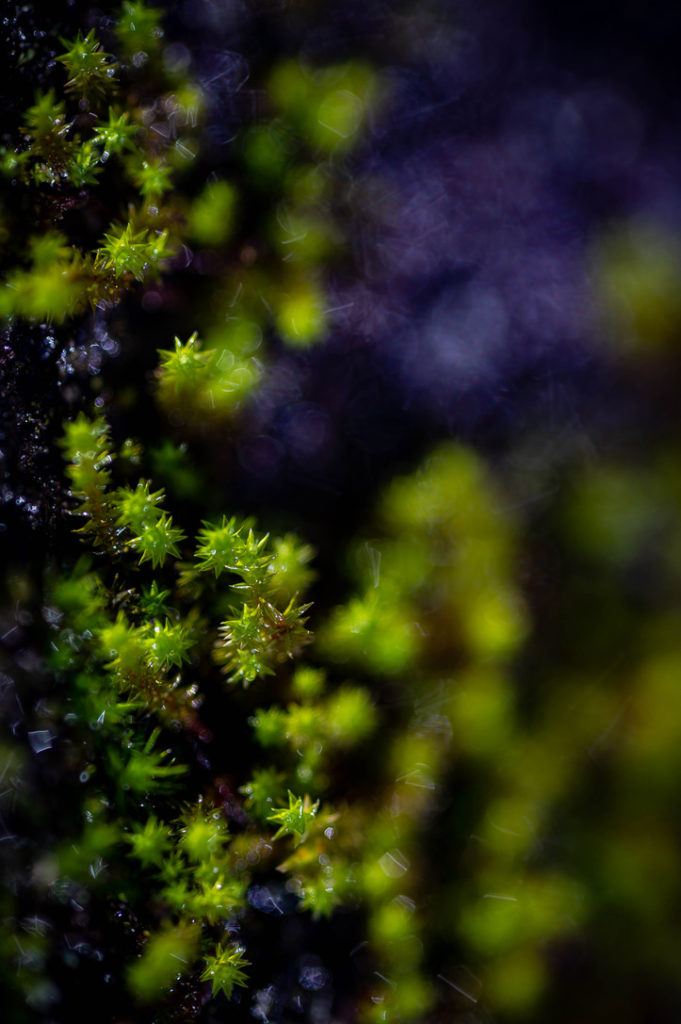
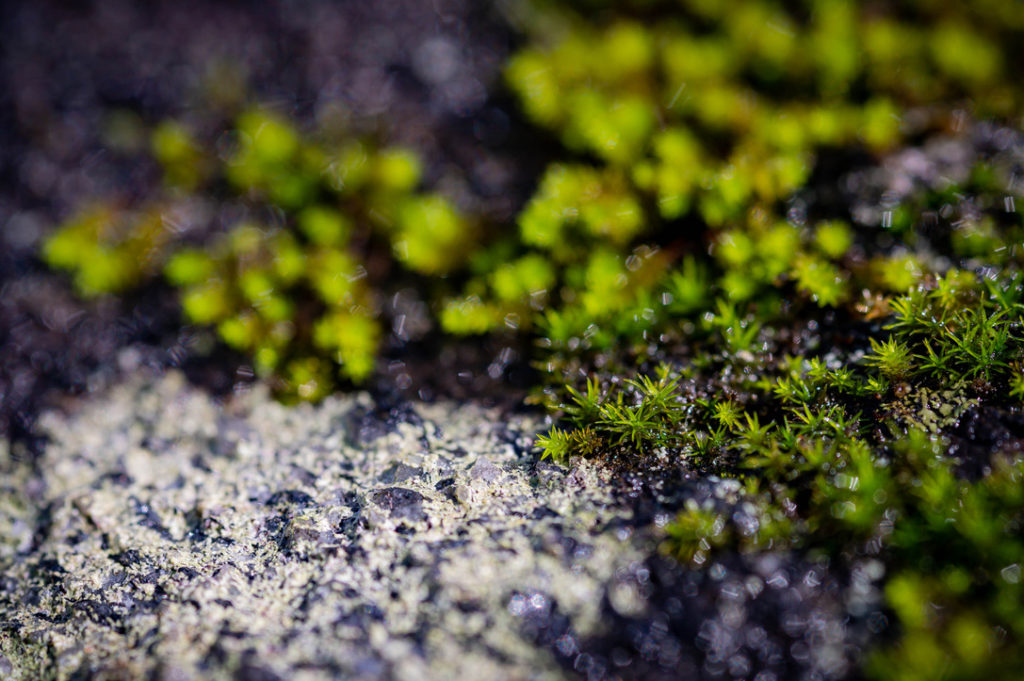

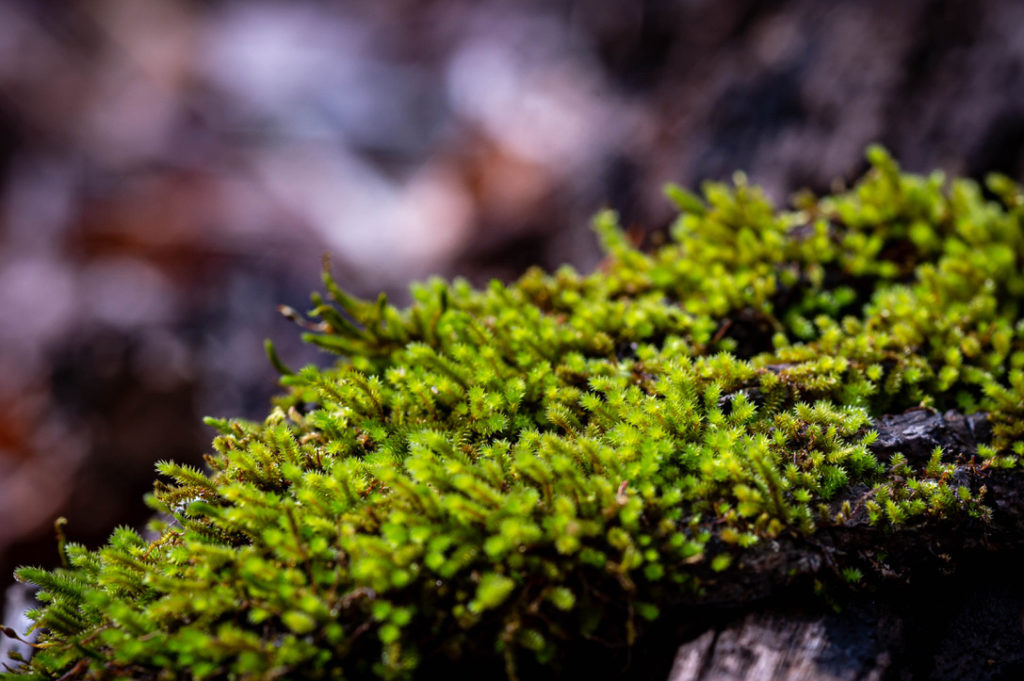
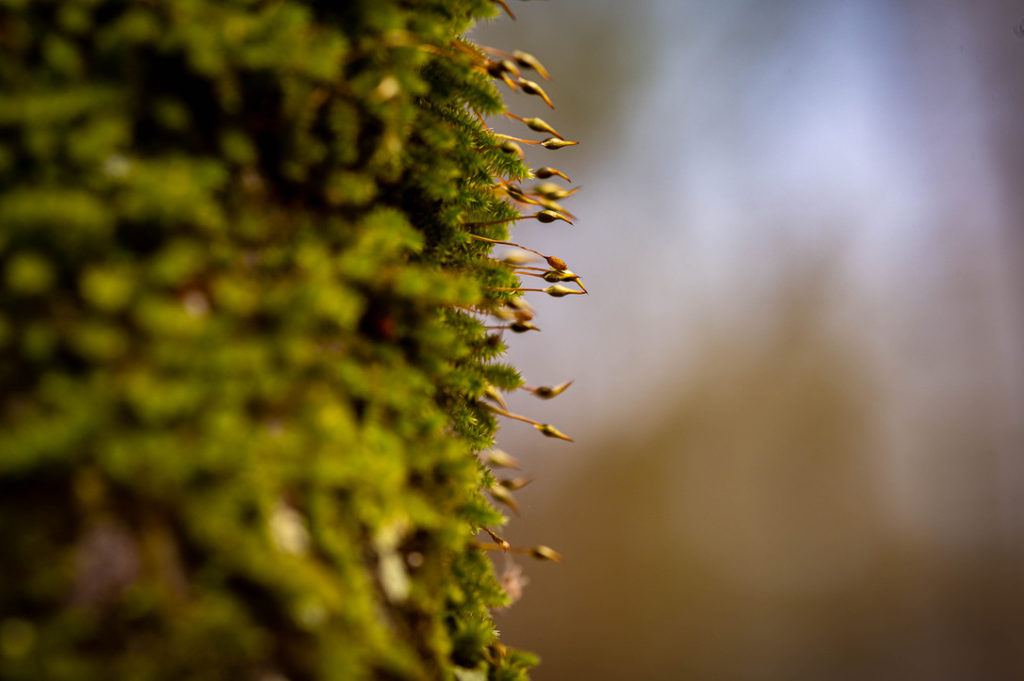
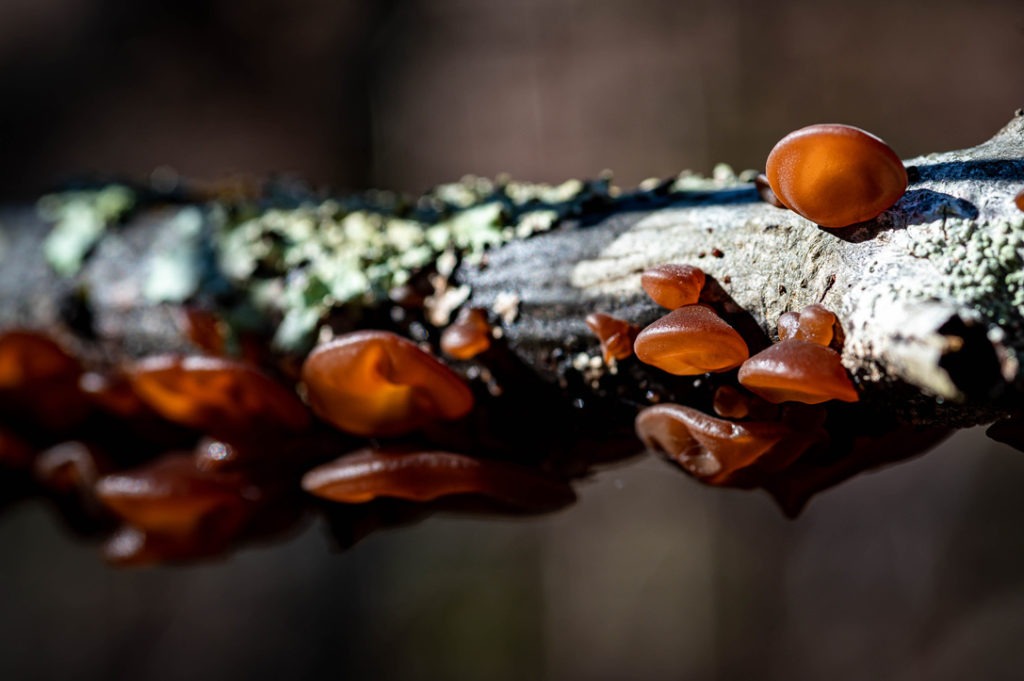
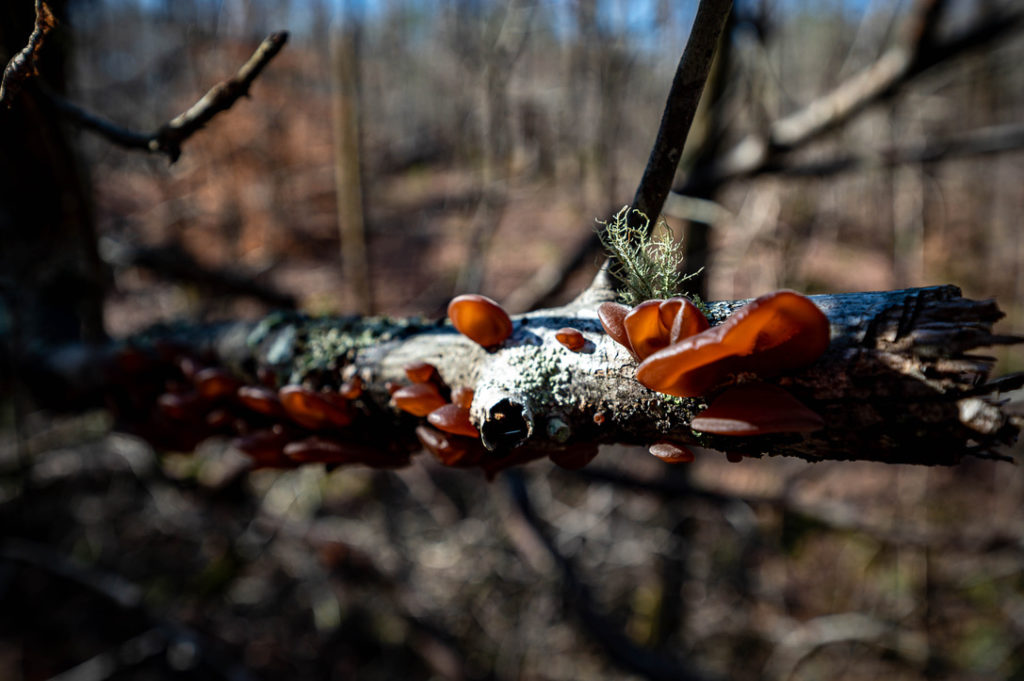
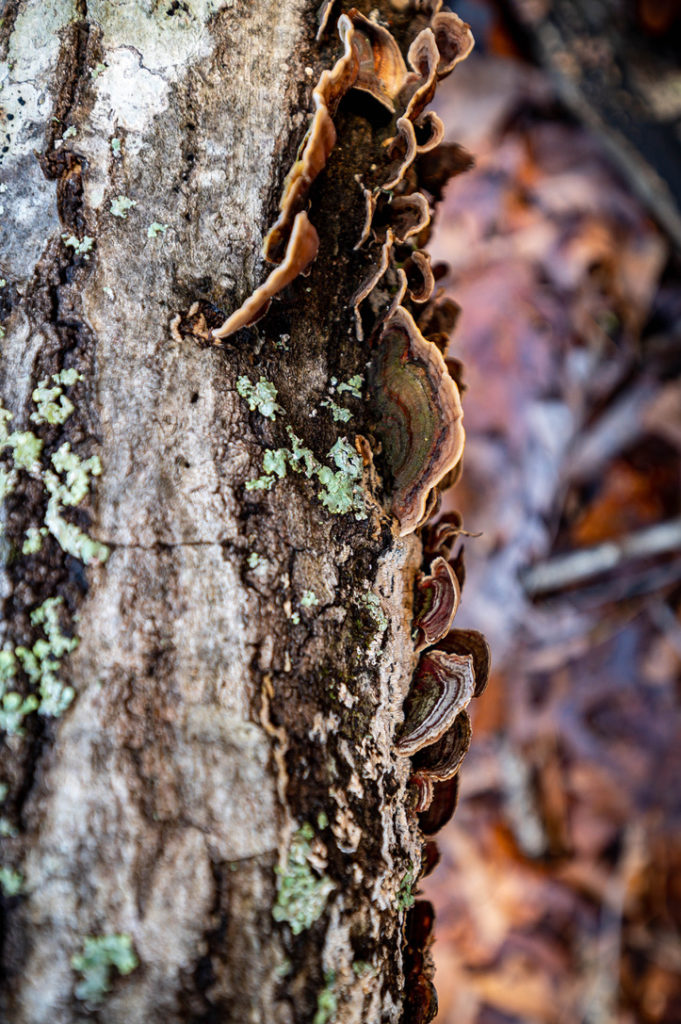


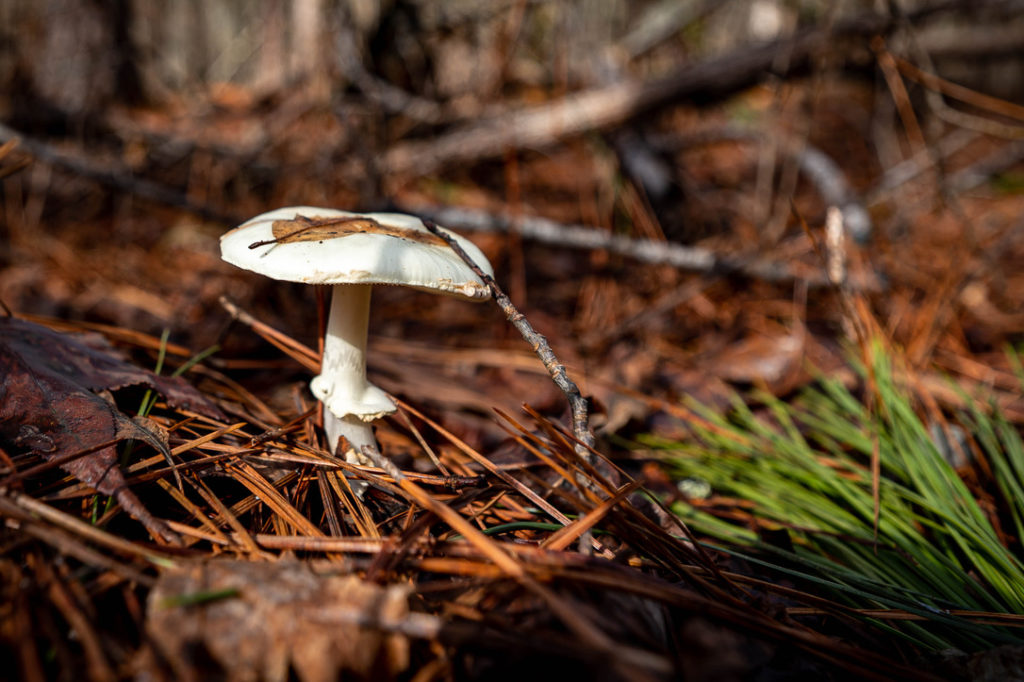
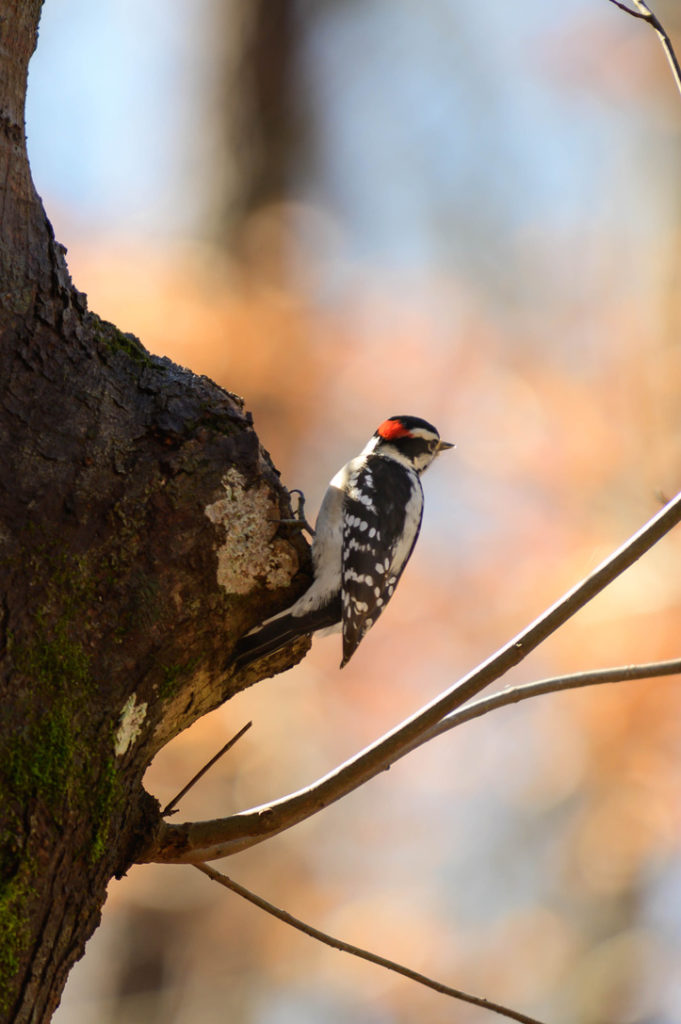
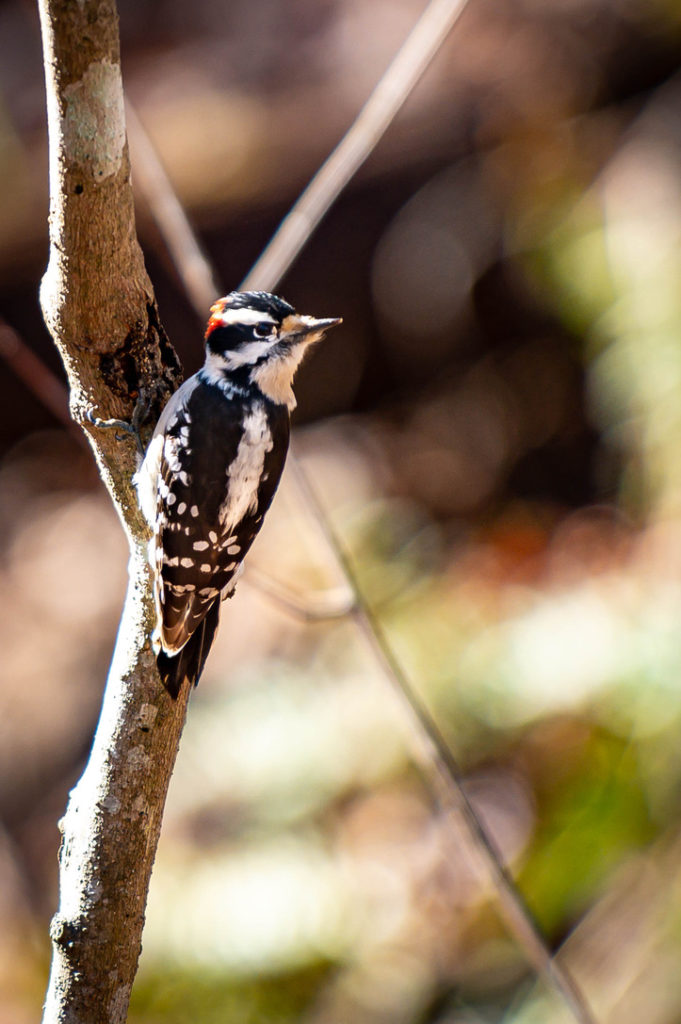
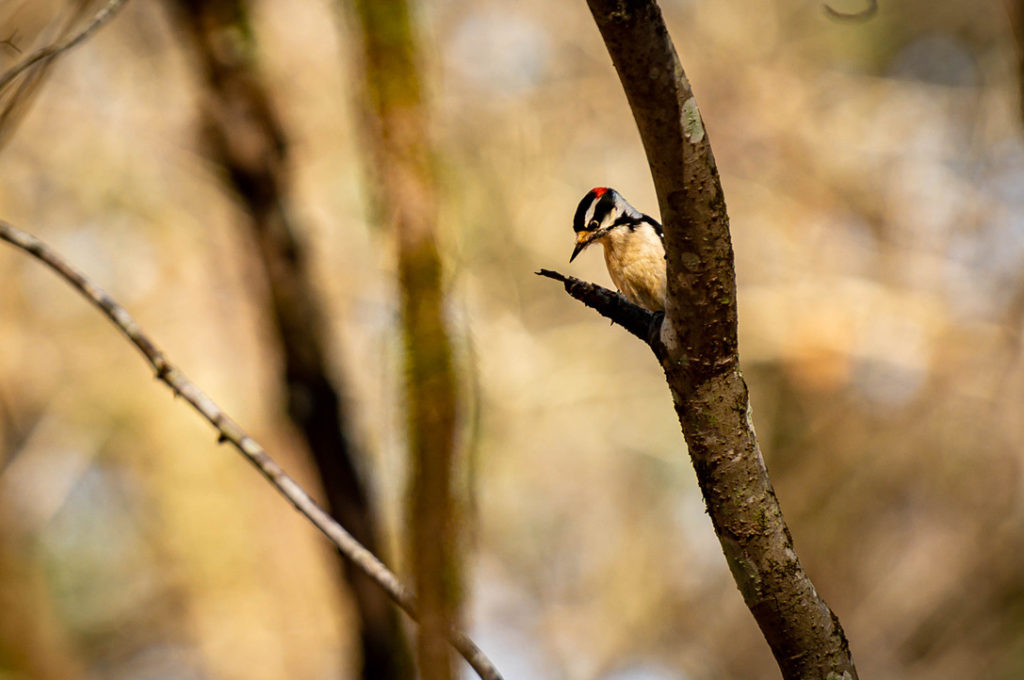
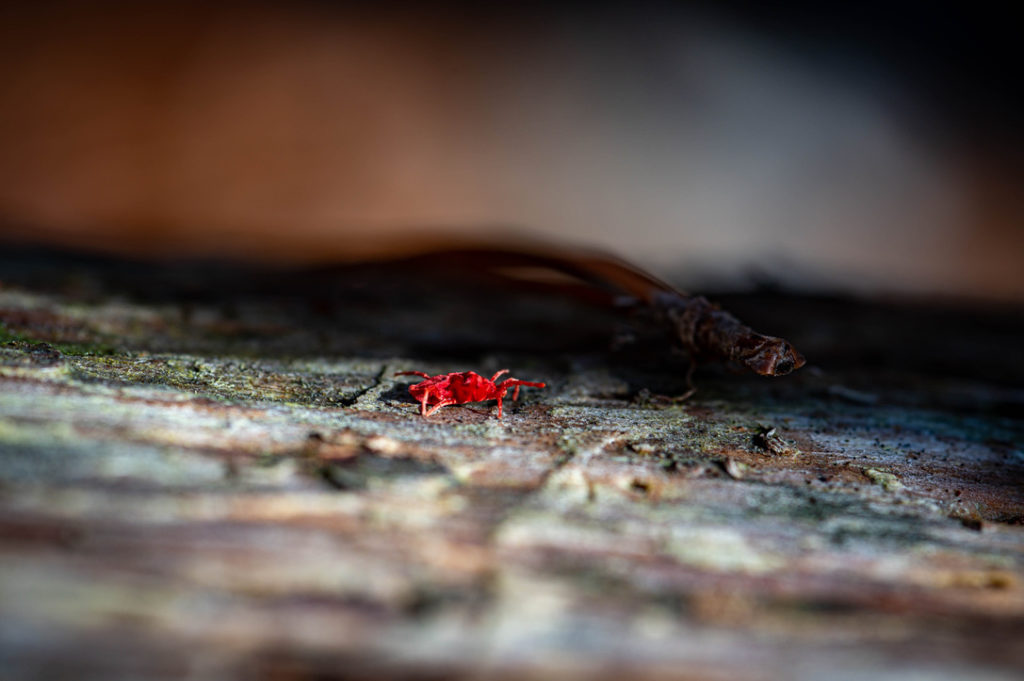
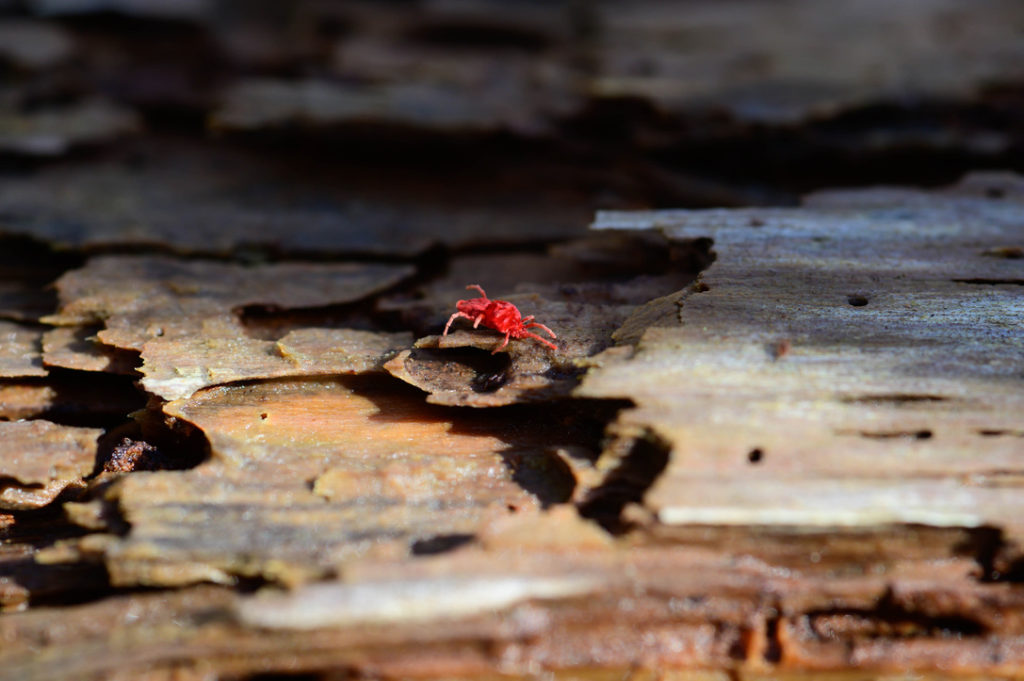
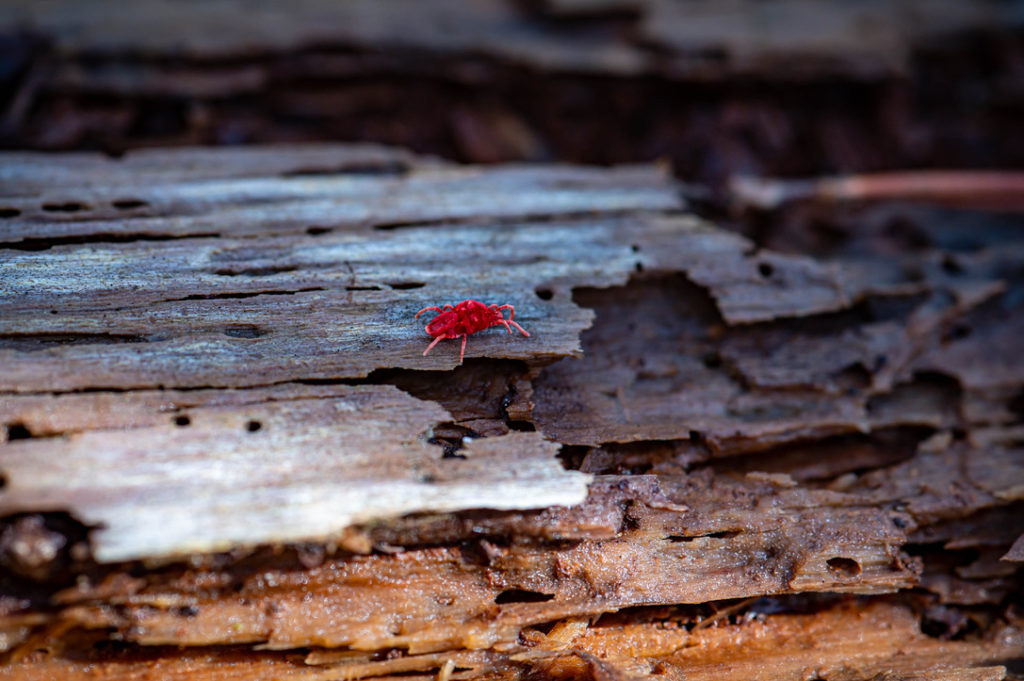
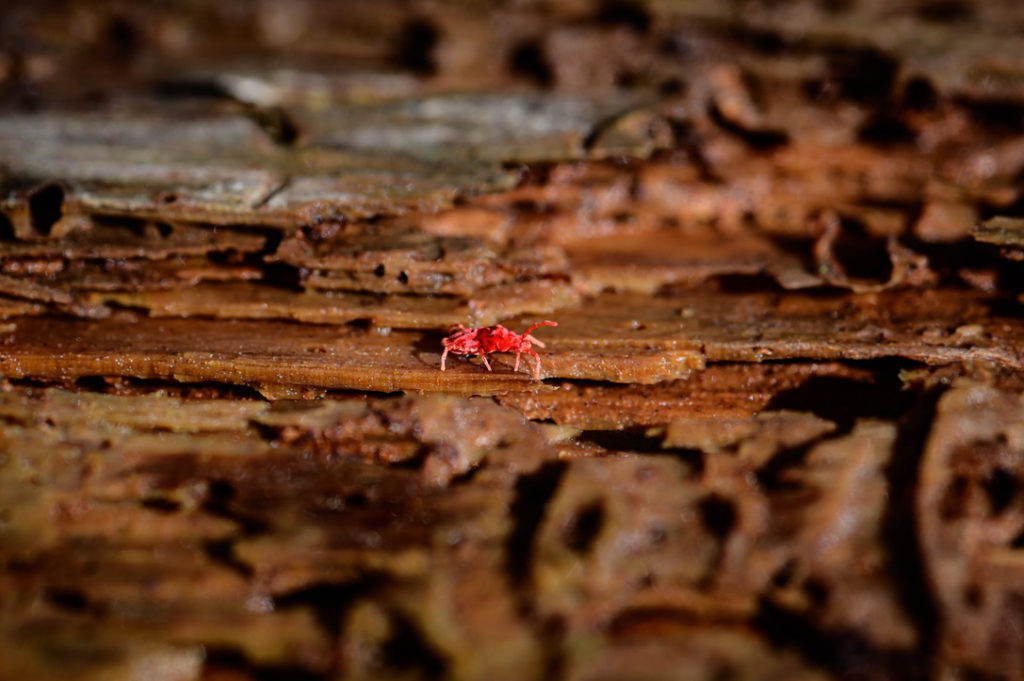
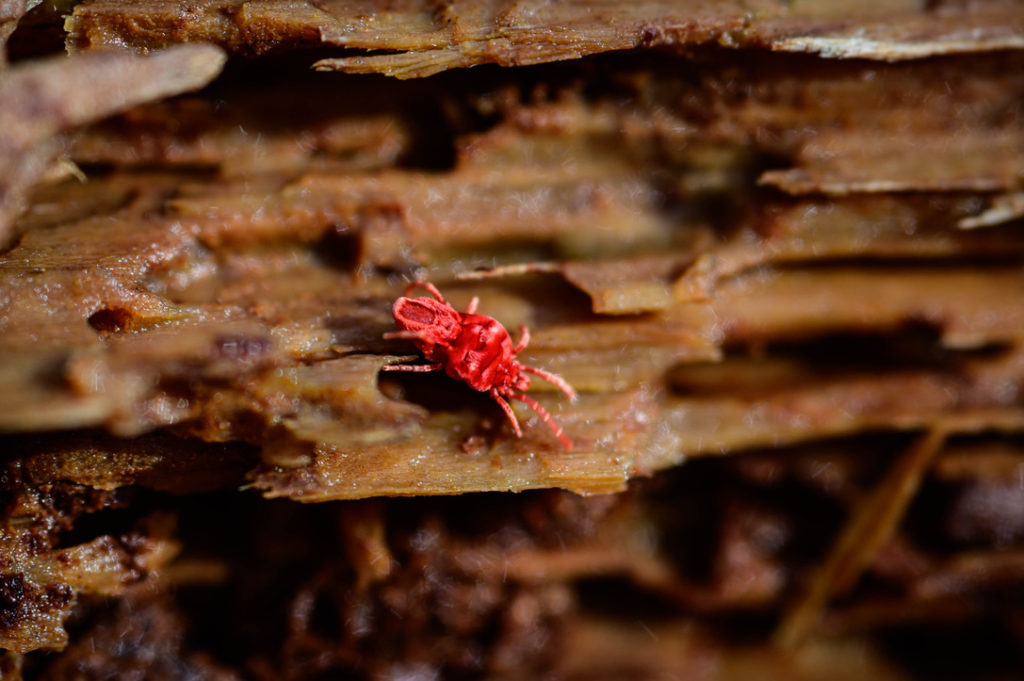
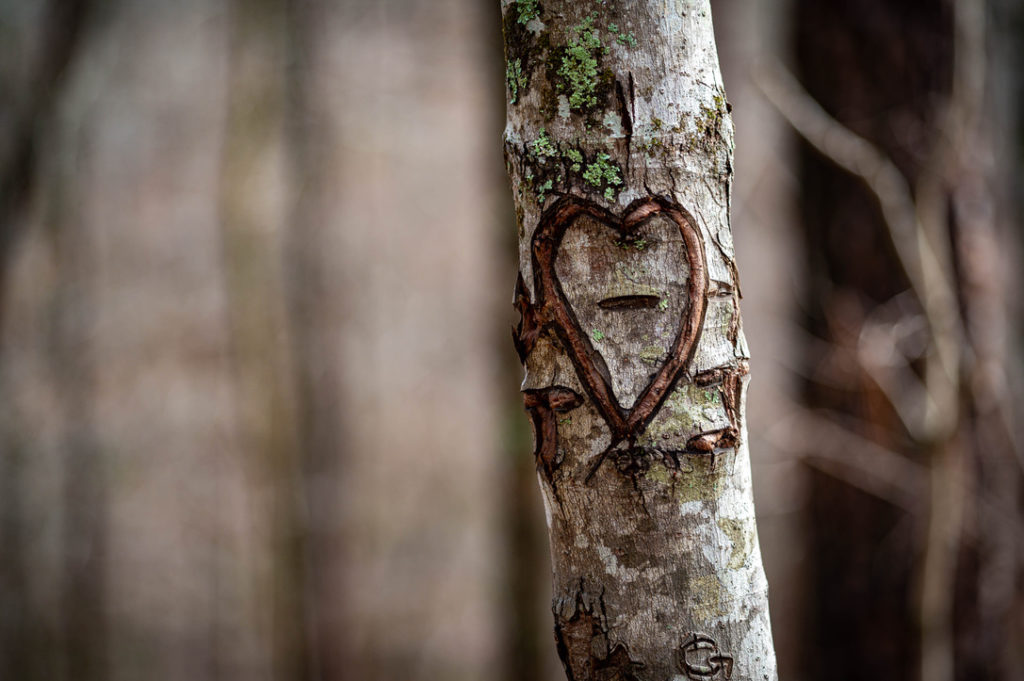


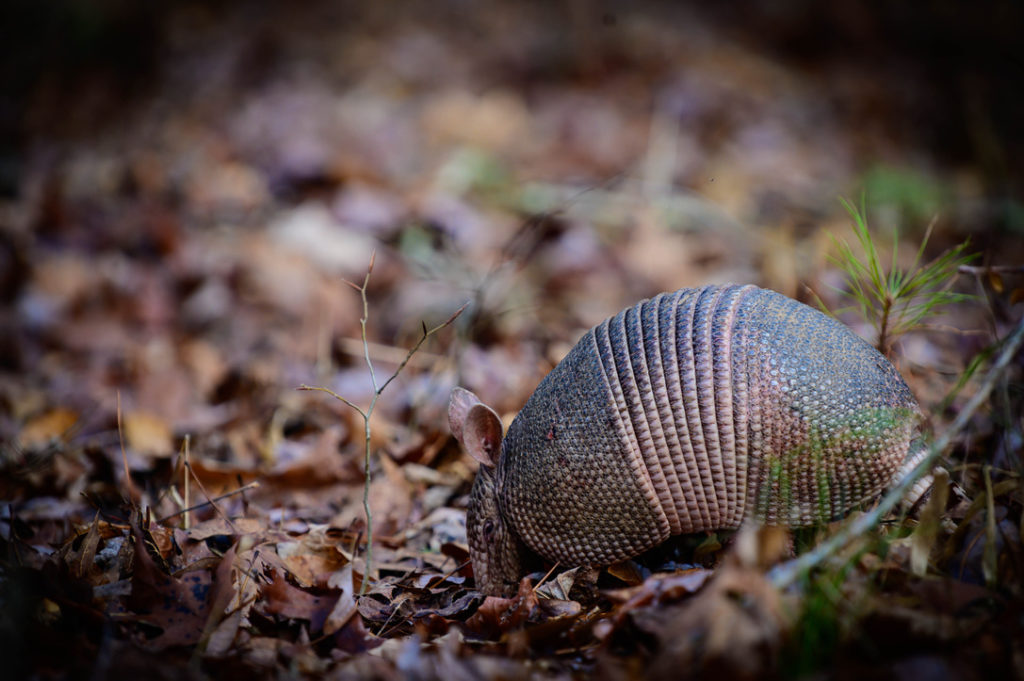
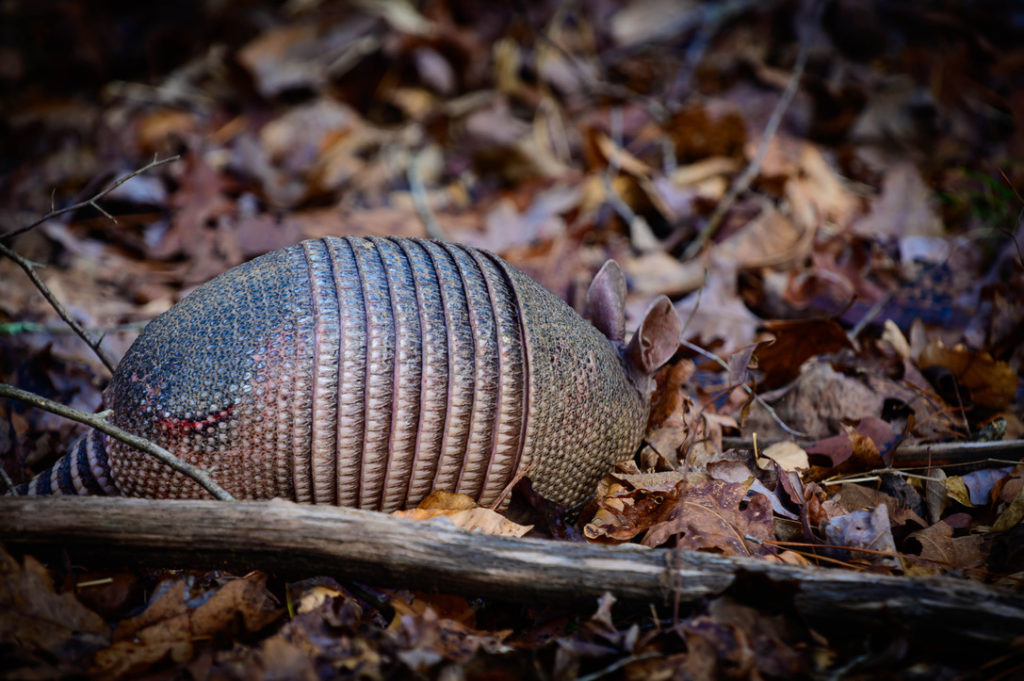
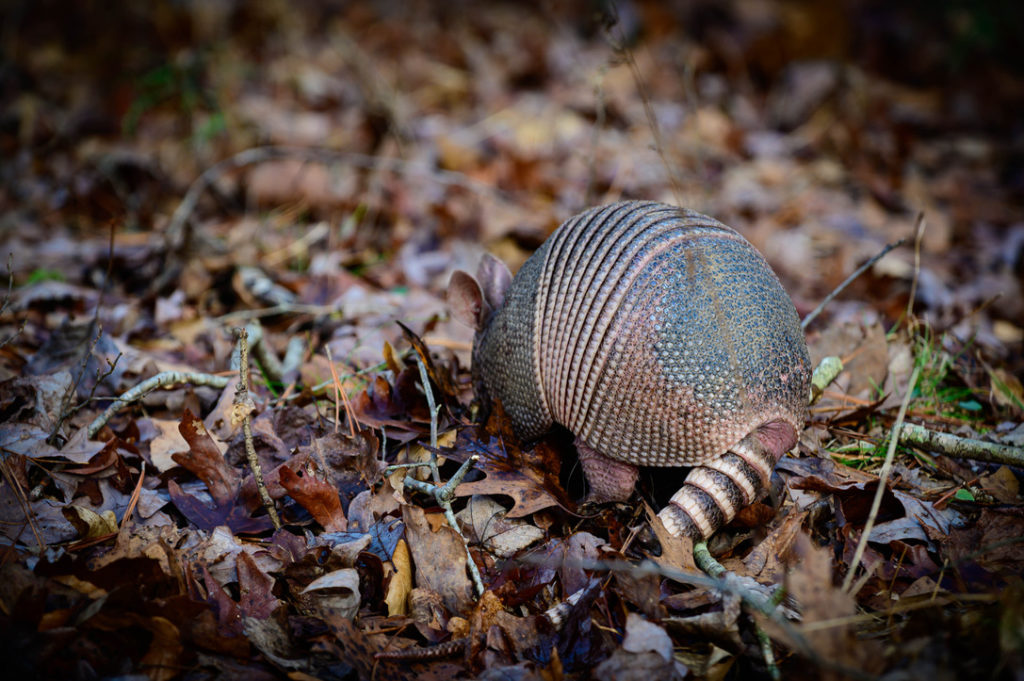
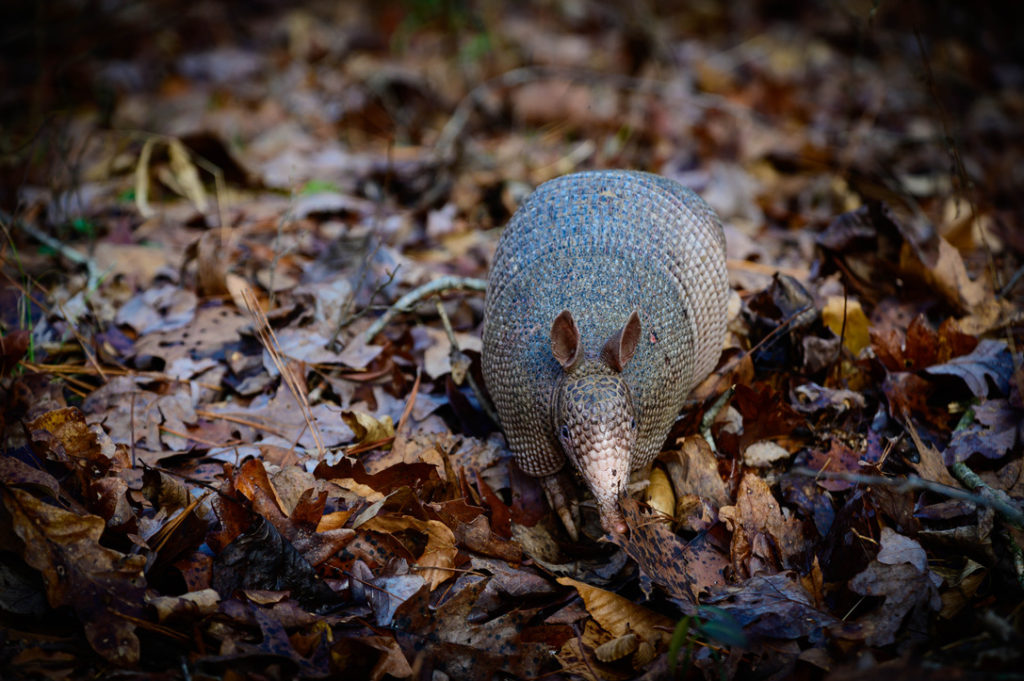
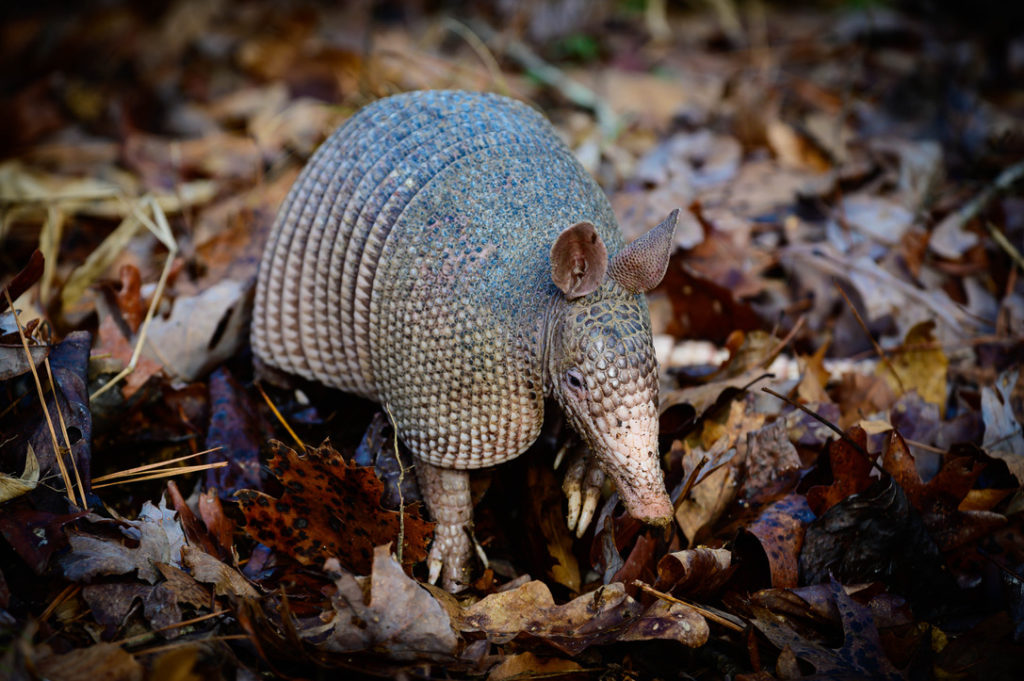
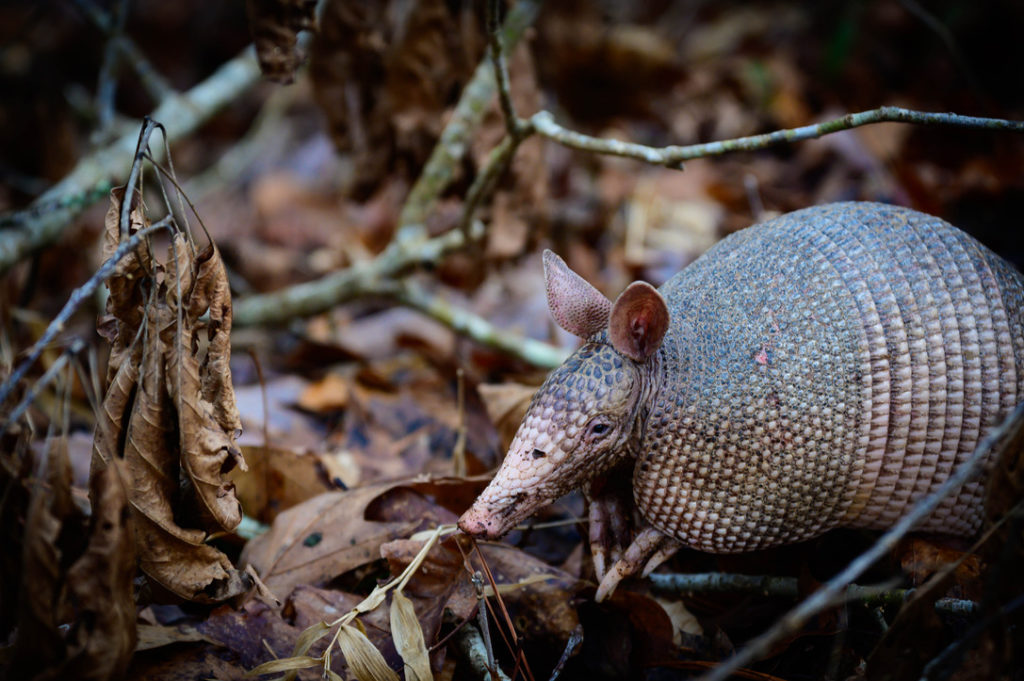
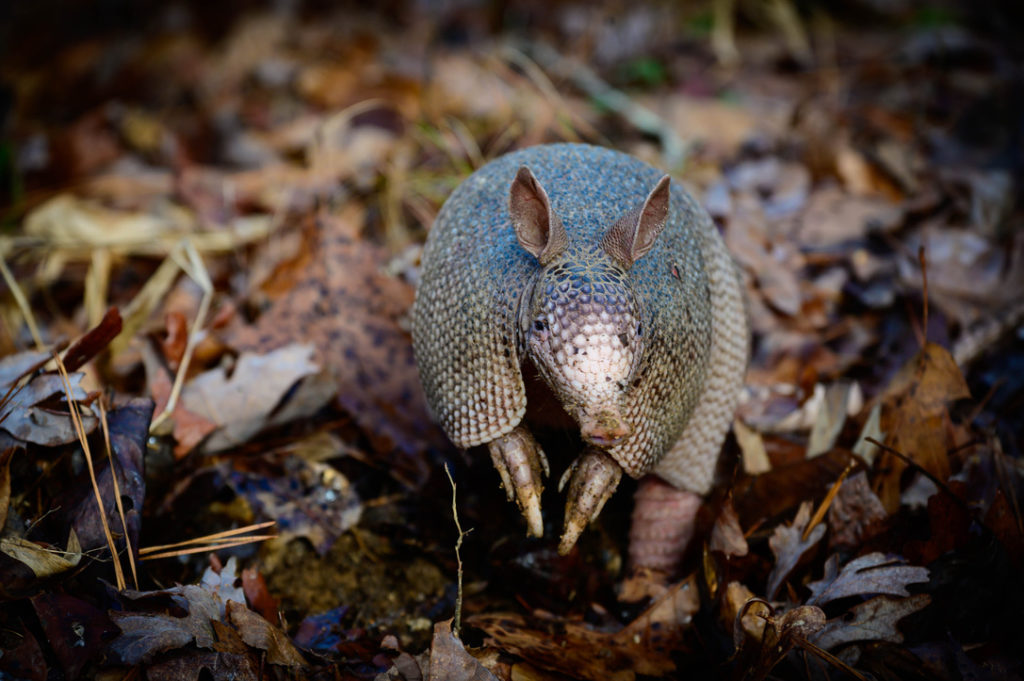
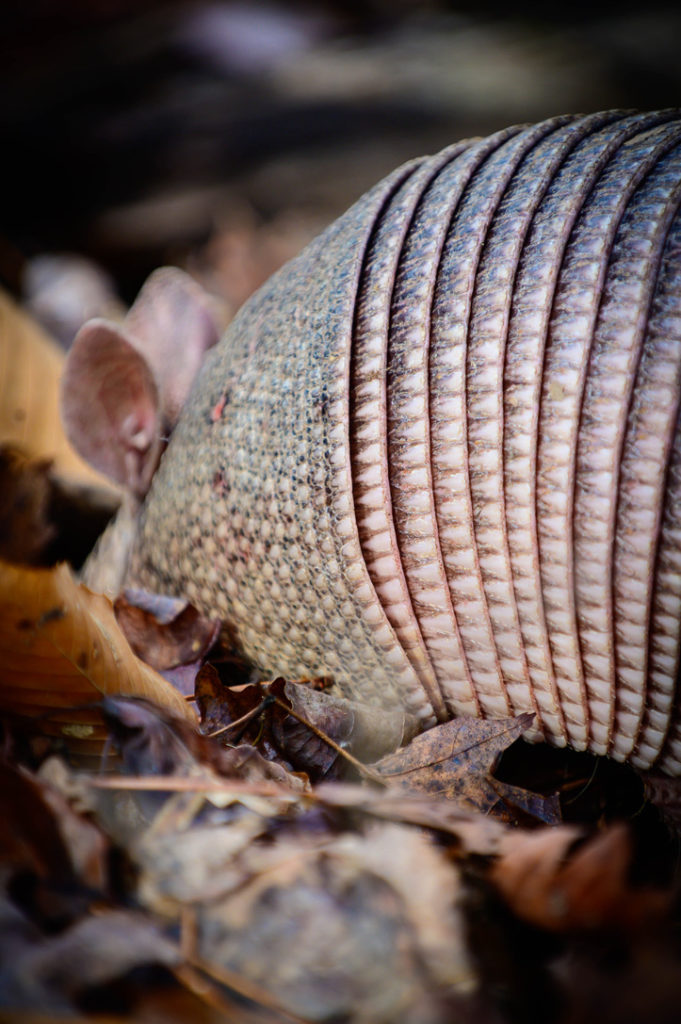
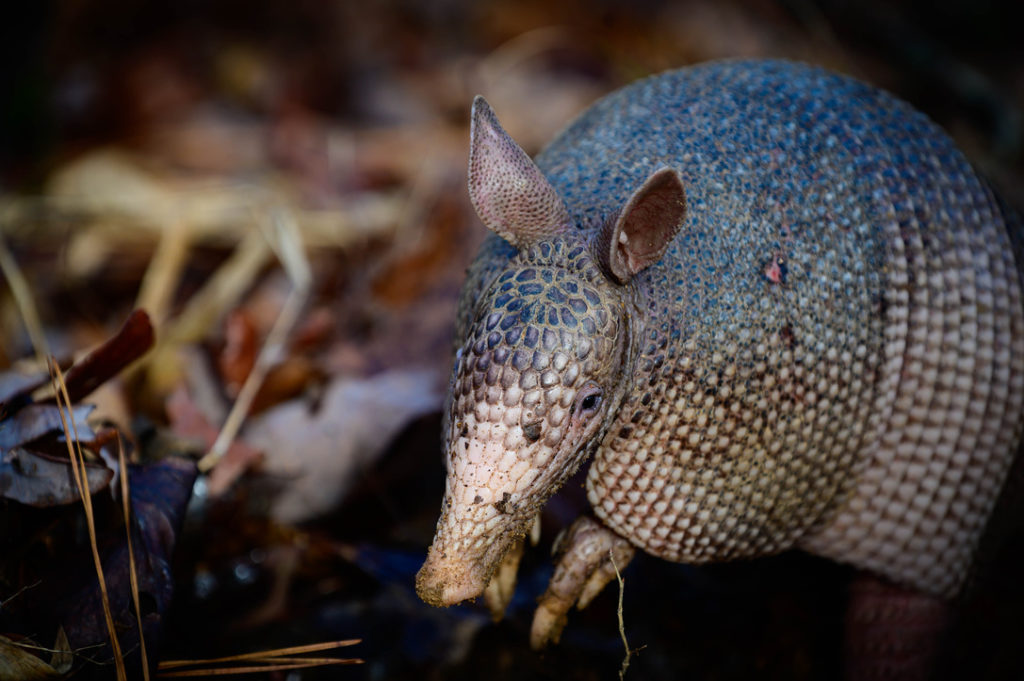
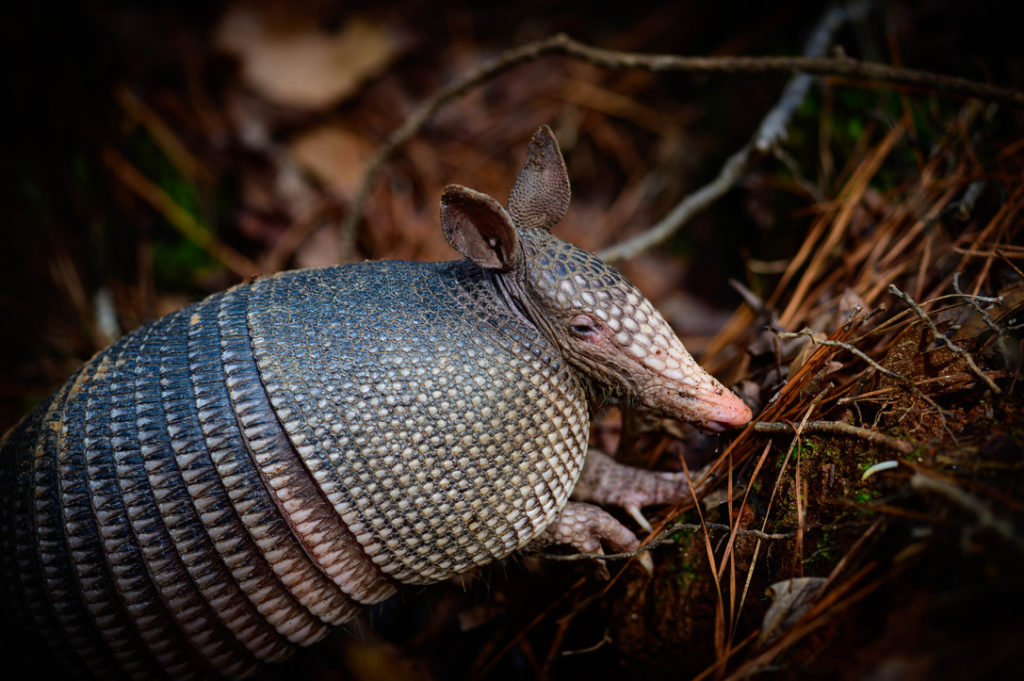

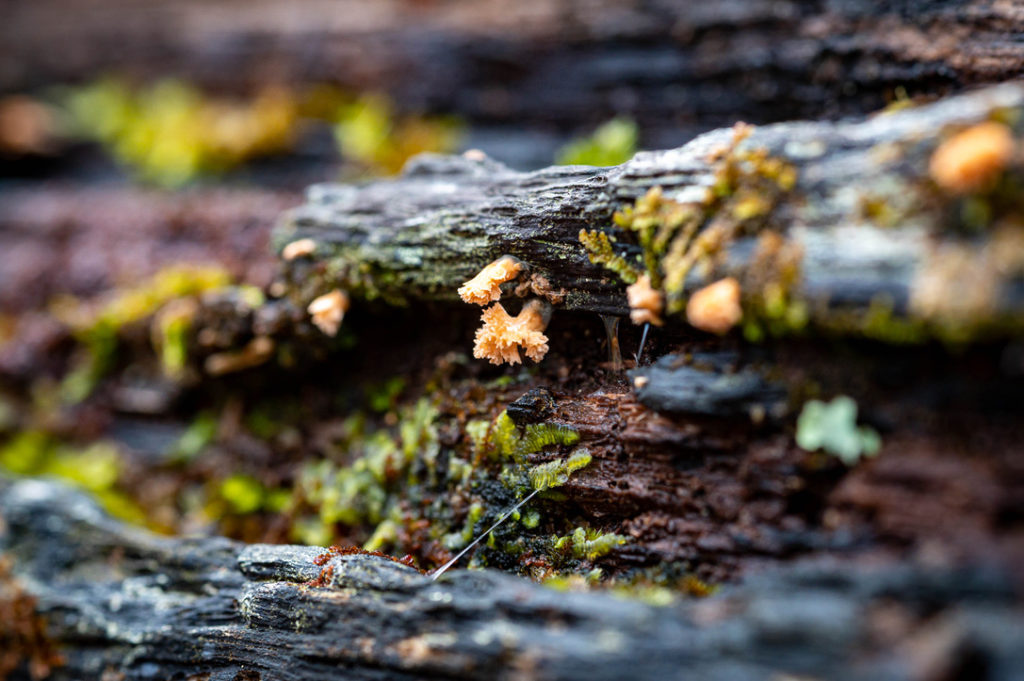
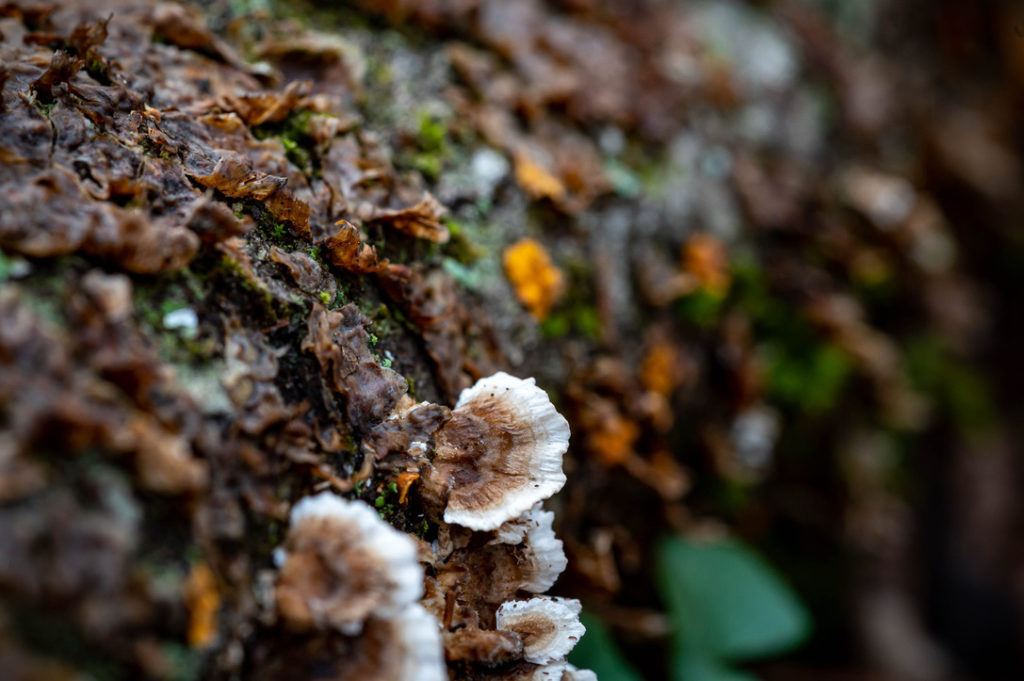
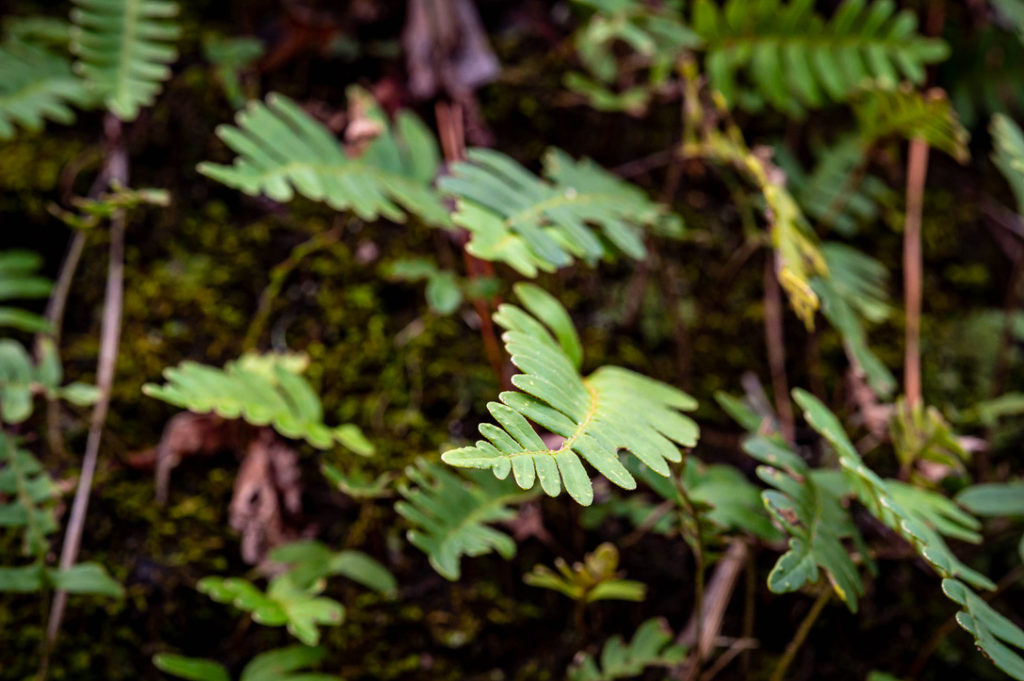

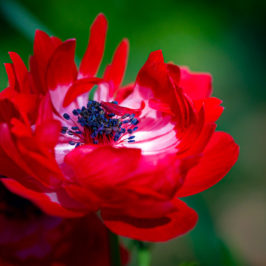

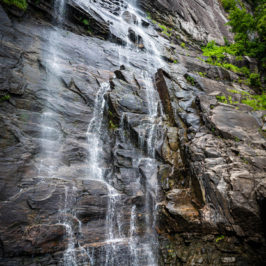

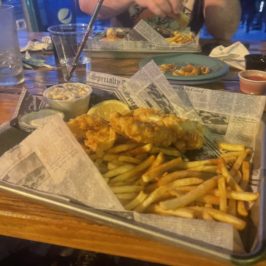
Leave a Reply